The vast, windswept deserts of our planet have long been considered inhospitable wastelands – until now. A groundbreaking biotechnology initiative is turning these barren landscapes into living laboratories, where microscopic organisms are being recruited as unlikely architects in the battle against desertification. This ambitious project, known as the Desert Cyanobacteria Engineering Initiative, represents a paradigm shift in ecological restoration, harnessing the ancient resilience of cyanobacteria to construct self-repairing, carbon-sequestering wind barriers.
At the heart of this innovation lies Microcoleus vaginatus, a filamentous cyanobacterium that has survived Earth's harshest environments for billions of years. When cultivated in desert conditions, these microorganisms exhibit a remarkable behavior – they spontaneously organize into dense, carpet-like mats that bind loose sand particles together. What begins as an invisible microbial community soon develops into a visible crust, sometimes called "nature's living concrete." Researchers have discovered that by strategically guiding this growth pattern, they can engineer living windbreaks that grow taller and more resilient over time.
The engineering process begins with the application of a nutrient-rich bacterial slurry across targeted areas of shifting dunes. Unlike traditional straw checkerboards or concrete barriers used in desert stabilization, this biological approach requires minimal physical infrastructure. Within weeks, the cyanobacteria begin their silent construction work, secreting sticky polysaccharides that glue sand grains together while their filamentous networks create a mesh-like reinforcement structure. As successive layers build up, these microbial mats can reach heights exceeding two meters, forming continuous ridges that effectively disrupt wind flow patterns.
What makes these living barriers truly revolutionary is their dynamic responsiveness to environmental conditions. During periods of moisture, the cyanobacteria become metabolically active, rapidly expanding their biomass and repairing any wind damage. In arid phases, they enter a dormant state while maintaining structural integrity. This self-maintaining characteristic stands in stark contrast to conventional windbreaks that degrade over time and require constant human intervention. Field tests in China's Tengger Desert have demonstrated that the microbial barriers reduce wind velocity by up to 70% at ground level while increasing relative humidity in their immediate vicinity by 15-20%.
The ecological benefits extend far beyond simple erosion control. These cyanobacterial colonies create microhabitats for other desert-adapted organisms, kickstarting a cascade of ecological succession. Researchers have documented the spontaneous colonization of these areas by lichens, mosses, and eventually vascular plants – a process that would normally take decades in arid environments. Perhaps most remarkably, the microbial walls actively contribute to carbon sequestration through photosynthesis, with preliminary estimates suggesting each square kilometer of treated desert can absorb up to 300 tons of CO2 annually.
Implementation challenges remain, particularly regarding the speed of initial establishment and the need for precise moisture management during the first growth phases. However, recent genetic optimization of the cyanobacterial strains has yielded variants with faster colonization rates and enhanced drought tolerance. Some experimental strains now incorporate nitrogen-fixing capabilities, potentially eliminating the need for external fertilizer applications in future deployments.
As climate change accelerates desertification across multiple continents, this biotechnology offers a scalable, sustainable solution that works with natural processes rather than against them. Pilot projects are now underway in desert regions of Africa, the Middle East, and North America, each adapting the core technology to local conditions. The vision extends beyond simple erosion control – researchers speculate about creating entire "living infrastructure" networks where microbial barriers could stabilize dunes, harvest atmospheric water, and even serve as biofuel production sites.
The Desert Cyanobacteria Engineering Initiative fundamentally reimagines humanity's relationship with arid ecosystems. Where we once saw only barrenness, scientists now perceive latent potential – a canvas waiting for microbial artists to transform dust into living architecture. As this technology matures, it may well redefine our approach to land restoration, proving that sometimes the smallest organisms can solve our biggest environmental challenges.

By /Jul 2, 2025

By /Jul 2, 2025

By /Jul 2, 2025

By /Jul 2, 2025
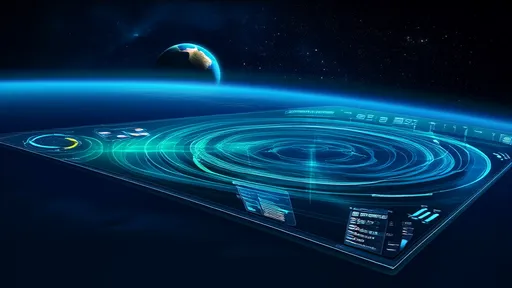
By /Jul 2, 2025

By /Jul 2, 2025

By /Jul 2, 2025
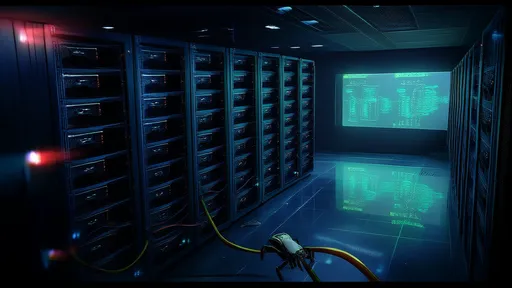
By /Jul 2, 2025
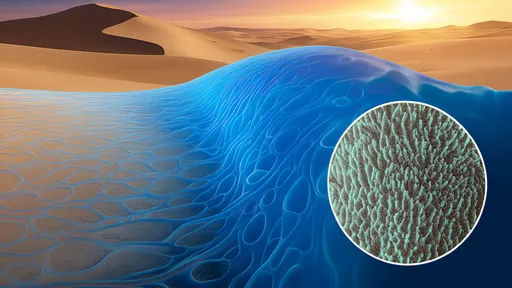
By /Jul 2, 2025
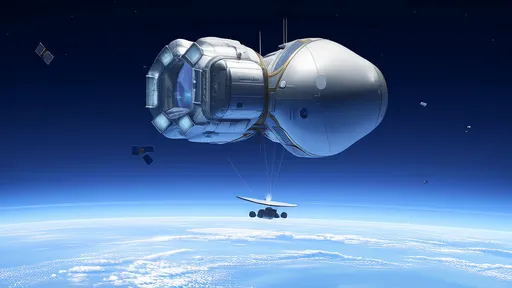
By /Jul 2, 2025
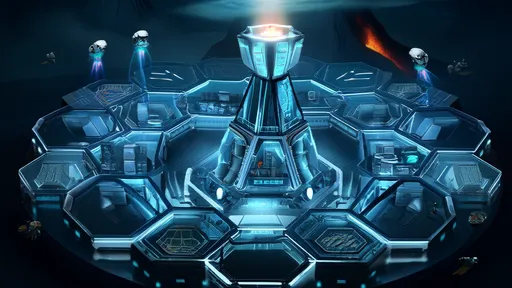
By /Jul 2, 2025

By /Jul 2, 2025

By /Jul 2, 2025

By /Jul 2, 2025

By /Jul 2, 2025

By /Jul 2, 2025

By /Jul 2, 2025

By /Jul 2, 2025

By /Jul 2, 2025

By /Jul 2, 2025